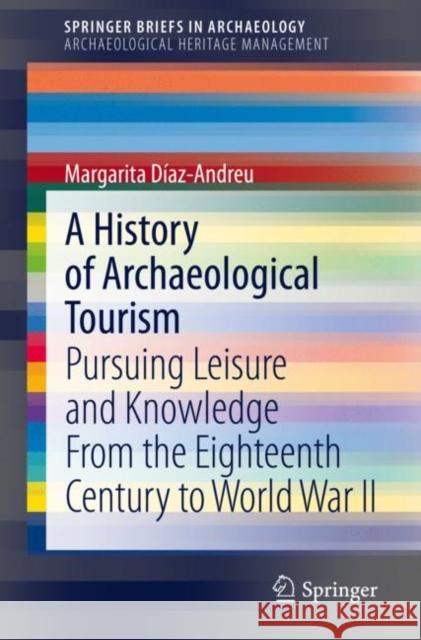A History of Archaeological Tourism: Pursuing Leisure and Knowledge from the Eighteenth Century to World War II » książka
topmenu
A History of Archaeological Tourism: Pursuing Leisure and Knowledge from the Eighteenth Century to World War II
ISBN-13: 9783030320751 / Angielski / Miękka / 2020 / 122 str.
A History of Archaeological Tourism: Pursuing Leisure and Knowledge from the Eighteenth Century to World War II
ISBN-13: 9783030320751 / Angielski / Miękka / 2020 / 122 str.
cena 221,90
(netto: 211,33 VAT: 5%)
Najniższa cena z 30 dni: 212,02
(netto: 211,33 VAT: 5%)
Najniższa cena z 30 dni: 212,02
Termin realizacji zamówienia:
ok. 22 dni roboczych.
ok. 22 dni roboczych.
Darmowa dostawa!
Kategorie BISAC:
Wydawca:
Springer
Język:
Angielski
ISBN-13:
9783030320751
Rok wydania:
2020
Wydanie:
2019
Ilość stron:
122
Waga:
0.20 kg
Wymiary:
23.39 x 15.6 x 0.74
Oprawa:
Miękka
Wolumenów:
01
Dodatkowe informacje:
Wydanie ilustrowane











